- Author Matthew Elmers [email protected].
- Public 2023-12-16 21:49.
- Last modified 2025-01-24 09:17.
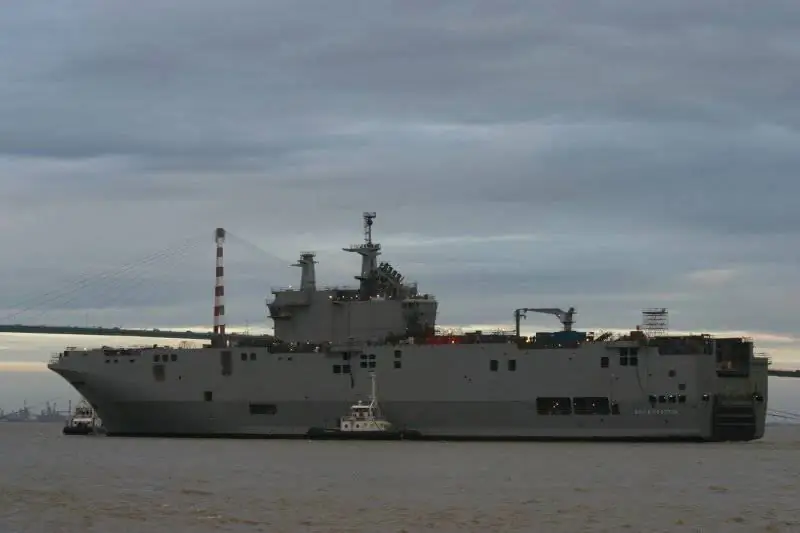
The outgoing year - even though 2013 - turned out to be extremely successful in terms of the implementation of the shipbuilding programs of the Russian Navy. The total displacement of all warships handed over to the fleet almost doubled the same figure for 2012. And this is without taking into account the laid down and launched combat and auxiliary units!
By chance, in 2013 grandiose projects of the past came to an end - for example, on December 30, the unique submarine K-560 Severodvinsk will be handed over to the fleet. Sailors have been waiting for this event for more than 20 years - since the distant 1993. And now, finally, it happened - the first Russian submarine of the 4th generation was enlisted in the Northern Fleet.
On December 23, the transfer to the fleet of K-550 "Alexander Nevsky" - the second in a row strategic missile submarine, project 955 "Borey" took place. 15 thousand tons of steel structures. Armament - Bulava ballistic missiles. Nevsky is much younger than Severodvinsk: its construction took a little less than 10 years (the foundation was laid in March 2004).
Of the other new ships, it is worth noting the missile corvettes of the project 20380. In the outgoing year, the Baltic Fleet was replenished with the Boykiy corvette (it had been under construction for 8 years, since 2005). But that is not all. On December 25, the next, fourth in a row, "Stoyky" corvette entered the factory sea trials: the transfer of this ship will take place approximately in the first half of 2014.

The Corvette "Perfect", intended for the Pacific Fleet, was slightly delayed in terms of commissioning. The construction of the ship at the Amur shipyard was suspended due to a significant excess of the estimate (initially the construction cost was estimated at 7 billion rubles). The corvette will be released for trials in 2014.
Despite the obvious progress and a substantial number of combat units transferred to the fleet (two nuclear submarines are a formidable force), the timing of their construction, worthy of the Guinness Book of Records, remains suspicious: 8 years for a corvette (TFR of the coastal zone) with a total displacement of 2200 tons … Interesting, How long will it take to build a 10,000-ton destroyer at this rate? A rhetorical question, no answer required. All hope is for the gradual development of domestic shipbuilding and the acceleration of the pace of construction in the near future, the benefit for these purposes within the SDO was allocated 4.5 trillion. rubles, and the shipbuilding industry itself is under the vigilant control of the state.
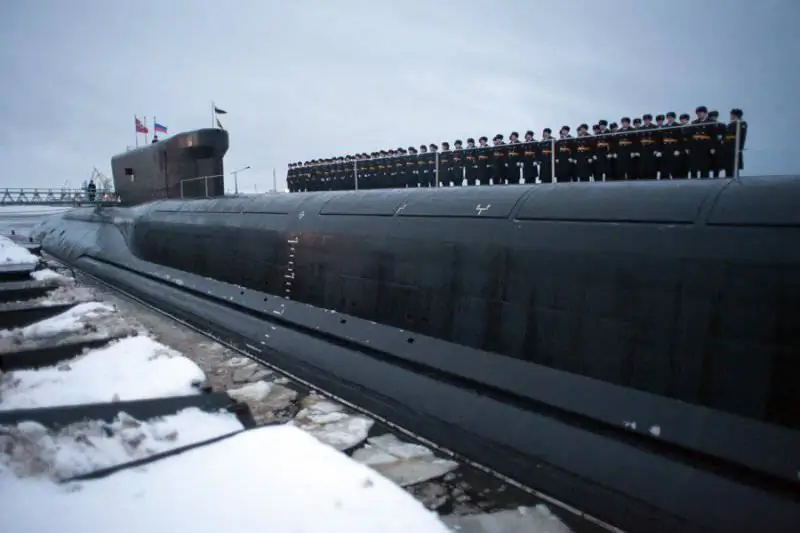
Another striking feature of the shipbuilding programs is the wide range of support and support ship projects being built for the Navy. On the one hand, this technique is the backbone of any fleet - without it, formidable cruisers will lose the lion's share of their combat capability. On the other hand, there is a situation when the fleet is replenished with 1-2 corvettes per year, but at the same time the Navy's leadership massively forms orders for large and small hydrographic vessels (for three projects at once!), Communication vessels (in the era of satellite phones and helicopters!) And other, undoubtedly useful, but far from the most necessary equipment, all this looks like an obvious imbalance against the background of the general development of the Navy. The average person has the right to ask a reasonable question: if there is a war tomorrow, will we fight oceanographers and communication advice notes? Why “waste money” on such projects at a time when there is not enough manpower and funds to build normal warships?
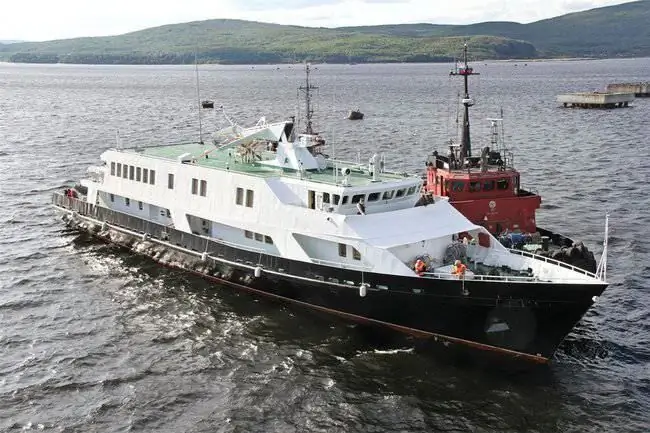
Communication vessel, project 1388NZ
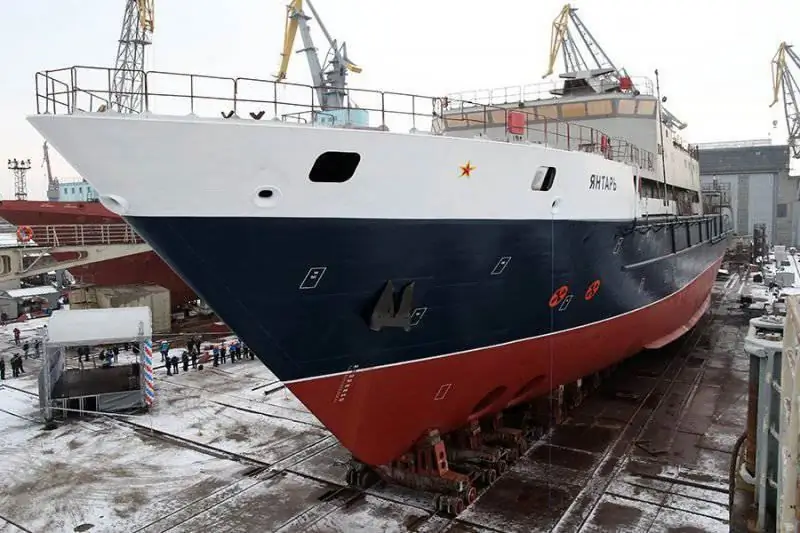
Oceanographic vessel pr. 22010 "Yantar"
Spiteful critics repeat about the notorious "use of allocated funds." But, according to the personal conviction of the author, the domestic shipbuilding industry is only doing what it can do. The main thing is that we do not stand still. In the future, destroyers will be assembled with the hands of these guys - so let them train with hydrographs and oceanographers, while there is such an opportunity. The funds will not be spent in vain, this technique will certainly come in handy for naval sailors.
Two nuclear-powered ships, a corvette and two small rocket ships. These are the overall results for 2013. It is no secret that the United Shipbuilding Corporation (USC) was able to achieve these successes thanks to the completion and commissioning of ships laid down many years ago.
But will it be possible to repeat these results next year?
Plans for 2014
“Oh, so many things have not been done. And how much remains to be done”! An old naval joke describes well the current situation at USC. The commissioning of a significant number of ships was postponed to the next year. It remains unclear when the issue with the frigate "Admiral Gorshkov" (lead ship, project 22350) will be resolved. The newest, armed to the teeth frigate, positioned as a kind of replacement for destroyers, was launched in 2010, but still has not been able to enter the factory sea trials.
And what happens to the large landing ship "Ivan Gren"? It has been under construction since 2004, and will obviously continue to be built in the future.
BDK pr. 11711 "Ivan Gren" was created on the basis of drawings of Soviet BDK pr. 1171 "Tapir" - extremely successful ships that have been serving in the Russian fleet for more than 40 years. Sturdy, reliable transport platform with a bow landing ramp. Interestingly, under the USSR, such large landing ships were built without further ado in one and a half - maximum two years. Baked like hot cakes.
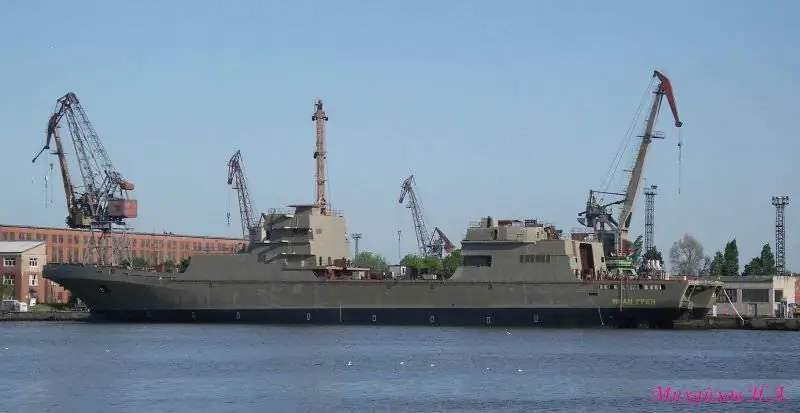
"Ivan Gren". No sophisticated missile systems and radars with AFAR - nevertheless, the construction of "Gren" stretched for 10+ years
In general, a lot of questions have accumulated for the USC. But, fortunately, the situation is not as critical as it might seem at first glance - next year promises to bring a lot of bright surprises.
First of all, we are talking about submarines: in December of the outgoing year, state tests began on the third SSBN from the Boreyev family - K-551 Vladimir Monomakh. Unlike its long-term construction predecessors, this submarine has been under construction since 2006 - and now, for a year now, it has been afloat, going through various stages of ZHI / GIS. It is planned that the boat will join the fleet at the beginning of 2014.
Another expected ship is the B-261 Novorossiysk multipurpose diesel-electric submarine, which is being built according to Project 636.3. (modernized "Varshavyanka"). In terms of the "stealth" parameter, diesel-electric submarines of this type are superior to any of the existing nuclear submarines. "Black holes" - this is the nickname received by "Varshavyanka" in the West. "Novorossiysk" will enter service with an updated composition of weapons - instead of part of the missile ammunition, the boat will be equipped with cruise missiles of the "Caliber" complex. The B-261 Novorossiysk was launched in November 2013 and is scheduled to be handed over to the Navy in the summer of 2014.
The third large combat unit is the Vladivostok amphibious assault ship. The head representative of the Mistral a la rus family. The result of the joint efforts of USC, the French defense company DCNS and the South Korean corporation STX. A large 200-meter ship was laid down at the shipyard in Saint-Nazaire on February 1, 2012 - and in the summer of 2013 it was launched. By this time, the stern part of the Vladivostok, which was being built at the facilities of the Baltic Shipyard, arrived from Russia in time (according to the terms of the contract, 20% of the hull sections were built in Russia). The need for close cooperation with foreign colleagues has had the most beneficial effect on Russian shipbuilders. Everything was done accurately and in the shortest possible time.
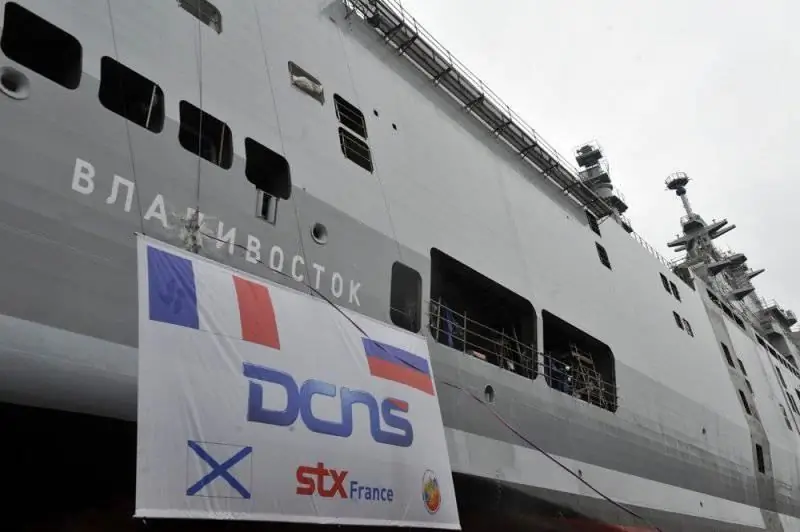
By October 16, 2013, the French docked the stern part with the UDC hull and launched the finished ship into the water. In the coming months, DVKD-1 "Vladivostok" should be transferred to St. Petersburg, to the outfitting wall of the "Severnaya Verf" plant. USC specialists will only have to equip the ship with Russian weapons, carry out a full cycle of factory and state tests, and then transfer the ship to the Pacific Fleet. In the fall of 2013, the formation of a crew for the first amphibious helicopter carrier in the Russian Navy began. Vladivostok is expected to join the ranks of the Navy at the end of 2014.
Of particular interest is the story of the frigate "Admiral Grigorovich" - the lead ship of Project 11356. Under construction, as a cheaper replacement for superfrigates of project 22350, with which things went wrong from the very beginning, "Admiral Grigorovich" was planned to be launched in the fall of 2013 … Alas, there are only a few days left until the new year, but this event never happened. Despite the delay in construction, the frigate is in a high degree of readiness and can be accepted into the Navy by the end of next year.
Initially, in 2014, it was planned to commission two more frigates of pr. 11356 - "Admiral Essen" and "Admiral Makarov". But there is a feeling that this joyful event will take place no earlier than 2015-16. The formation of the corps has not yet been completed at "Makarov". It is also necessary to take into account that after launching the ships will need at least another year to complete and saturate with all the necessary equipment. And after that - a long cycle of ZHI / GIS.
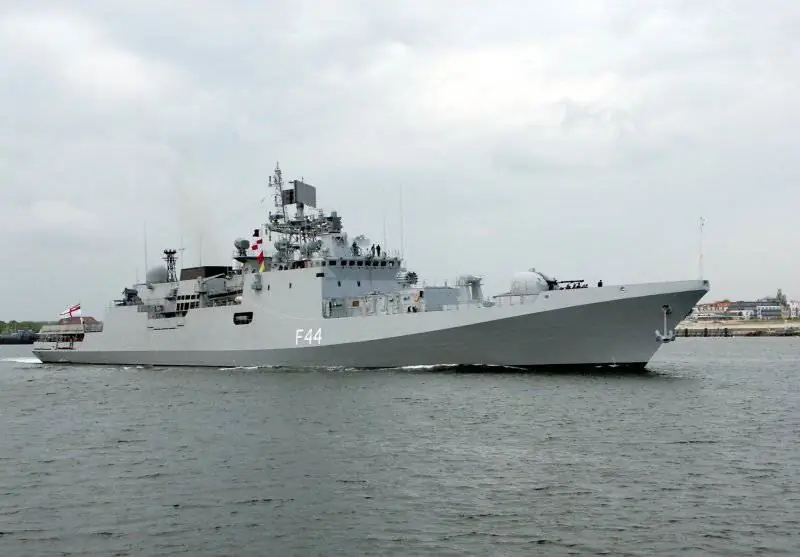
Indian Navy frigate F44 "Tabar" (export modification of frigates pr. 11356 under construction for the Russian Navy)
Corvettes! Everything is the same here. There are two units in the plans - "Steady" and "Perfect" (project 20380). There is a high probability that in 2014 the small missile ship Veliky Ustyug (MRK pr. 21631, code Buyan-M) will join the Caspian flotilla.
This is where the list of naval warships, whose entry into service is scheduled for 2014, unexpectedly ends. Total:
- underwater strategic missile carrier - 1 unit;
- multipurpose diesel-electric submarine - 1 unit;
- amphibious helicopter carrier - 1 unit;
- frigates of project 22350 - 2 units. (let's hope that this time the epic with "Gorshkov" will end, followed by "Admiral Kasatonov");
- frigates of project 11356 - 1-2 units;
- corvettes of project 20380 - 2 units;
- RTOs - 1 unit.
Few? Did you expect more?
The positive trend in shipbuilding, observed in 2012 and 2013, continues, and the fleet is gradually increasing its strength. In addition to the above equipment, do not forget about the grandiose plans for the modernization of nuclear "Orlans" - on June 13, 2013 "Sevmash" received a contract for the modernization of the TARKR "Admiral Nakhimov" worth 50 billion rubles. (this is 1.5 times more than was paid for both "Mistrals"). As of December 2013, work is underway on the cruiser to install funds for repair work, fault detection and unloading of old equipment are being carried out. The first modernized "Orlan" promises to replenish the current composition of the Navy in 2018.
On the negative side: the construction dates are still not encouraging. Scandals regularly arise related to the excess of estimates for ships under construction and the search for a corruption component. The result is predictable - after a short time, a statement about the suspension of the serial construction of one or another type of ships follows (as happened with the corvettes of the project 20385). A statement made at the end of the year by officials about the inexpediency of further construction of 4th generation nuclear-powered submarines, pr. 885 Yasen and Yasen-M. Allegedly, the boats have an exorbitant cost, so the original plans for the construction of 8 submarines should be revised towards their reduction. And as their replacement, it is necessary to develop a project of a simpler and cheaper submarine for mass production.
Finally, the banal absence of large surface units - missile cruisers, destroyers … One can only dream of this. Ships similar in size to modern frigates, according to the classification of the USSR Navy, passed only as "patrol boats" or BODs of the II rank. Small things, small "bargaining chips", built in series of 30 or more pieces. Ehh … (wave of hand in hearts).
In general, there are enough problems. And they need to be addressed.
In the next, 2014, USC has every chance to preserve and increase the results achieved in previous years. And to do this not only by commissioning long-term construction projects, but also to realize truly bold ideas of our time!
So let us wish domestic shipbuilders to celebrate the outgoing year in accordance with all the rules, and then proceed to shock work in order to break all the records of previous years!

There are no guns or missiles on this ship, but it can be safely considered a battleship. Large reconnaissance ship of the Russian Navy "Yuri Ivanov" (project 18280), launched in September 2013. According to the plan, it should be commissioned by the end of 2014. It is these scouts that monitor the squadrons of the "potential enemy" in the Mediterranean Sea, in the Sea of Japan, in the Indian Ocean, and then everywhere.
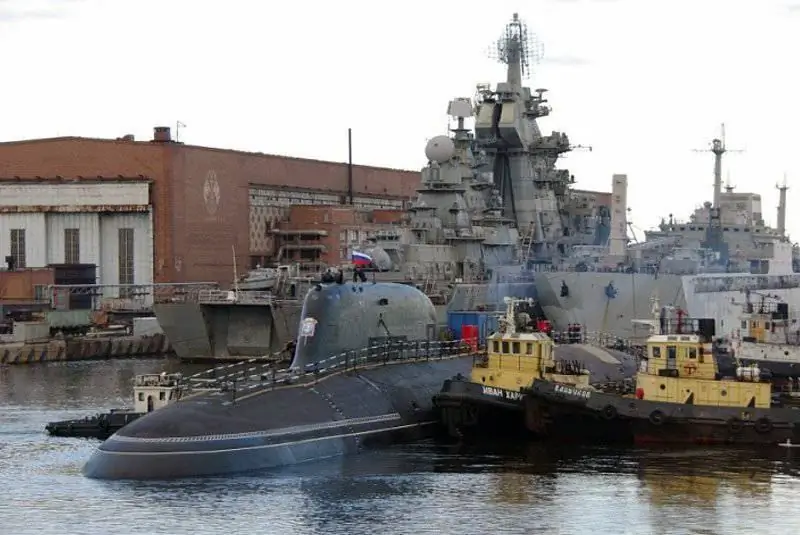
K-560 "Severodvinsk", in the background - heavy nuclear missile cruiser pr. 1144 "Admiral Ushakov"
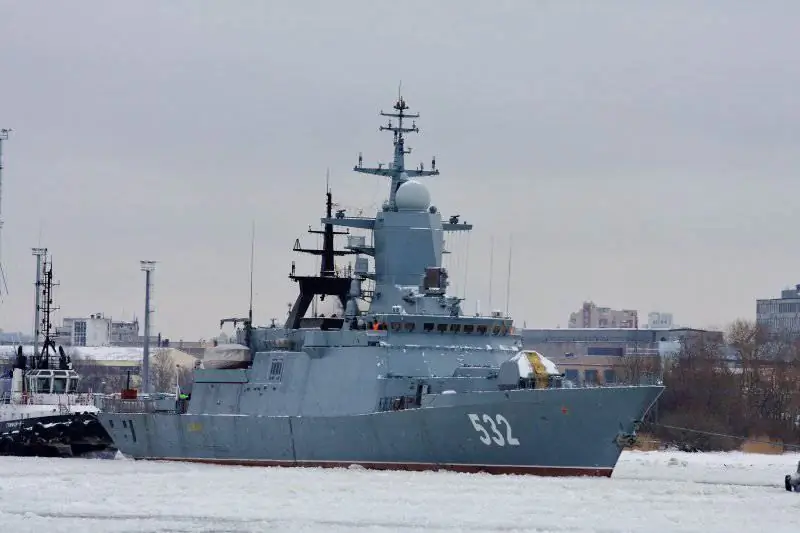
Corvette "Boyky". Author Timofeev Yu. P. aka reflex_yu (Balancer's maritime forum)
We will raise a toast today
For everyone who is far from home, For those who are on New Year's Eve
Ships lead to the lighthouses.






